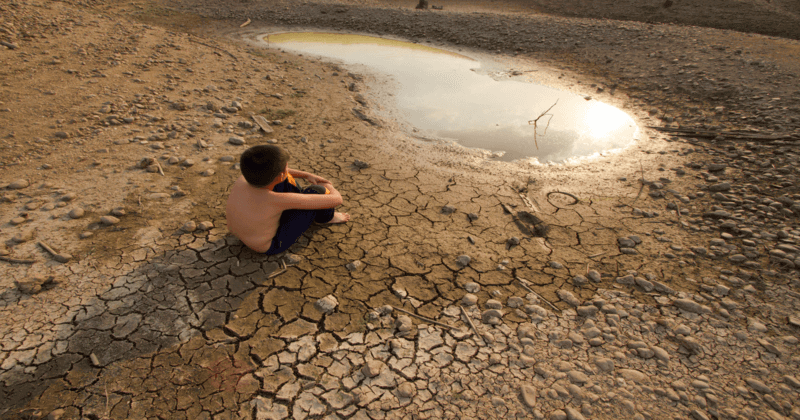
Now India is suffering from what can be described as ‘the worst water crisis’ in its history affecting 60 crore people who face high to extreme water stress and a stark condition in which 2 lakh people die every year due to inadequate access to safe water.
The NITI Aayog report titled ‘Composite Water Management Index’ released by Minister for Water resources Nitin Gadkari said about a grave future in which the condition would get worse.
The report projected twice the available supply of water to be needed by 2030 which implied severe water scarcity for hundreds of millions of people and an eventual 6% loss in the country’s GDP.
See also:Wait for the dangerous weather extremes thanks to the rising Carbon di Oxide : says a study
In the Water Quality Index, India is placed 120th amongst 122 countries and nearly 70% of water is contaminated. Niti Aayog said in the report that currently 600 million Indians face high to extreme water stress and about two lakh people die every year due to inadequate access to safe water.
Niti Aayog cited the findings of the agencies like Dalburg Analysis, FAO and UNICEF, according to which they arrived at the conclusion that 40% of the population would have no access to drinking water by 2030 and that 21 cities including New Delhi, Bengaluru and Hyderabad would run out of groundwater by 2020, affecting 100 million people. Niti Aayog has ranked all the states through first of its kind index on the composite water management, comprising 9 broad sectors with 28 different indicators covering various aspects of groundwater, restoration of water bodies, irrigation, farm practices, drinking water, policy and governance.
Gujarat topped Niti Aayog’s Composite Water Managment Index(CWMI)while Jharkhand was found out to be the worst performer. Gujarat was followed by Madhya Pradesh, Andhra Pradesh, Karnataka and Maharashtra on the index.
Among the Northeastern and Himalayan states, Tripura is the topper for the year 2016-17 followed by Himachal Pradesh, Sikkim and Assam. The report also says that 52% of India’s agricultural area depends on rainfall, so the future expansion of irrigation needs to be focused on last mile efficiency.
The majority of the states achieved below 50% of the score and had potential to improve their water resource management practices. According to an official statement, the CWMI is an important tool to assess and improve the performance of states/ Union Territories inefficient management of water resources.
The information in the Index may be used by states and also the concerned ministries/departments, enabling them to formulate and implement suitable strategies for better management of water resources.

Post Your Comments